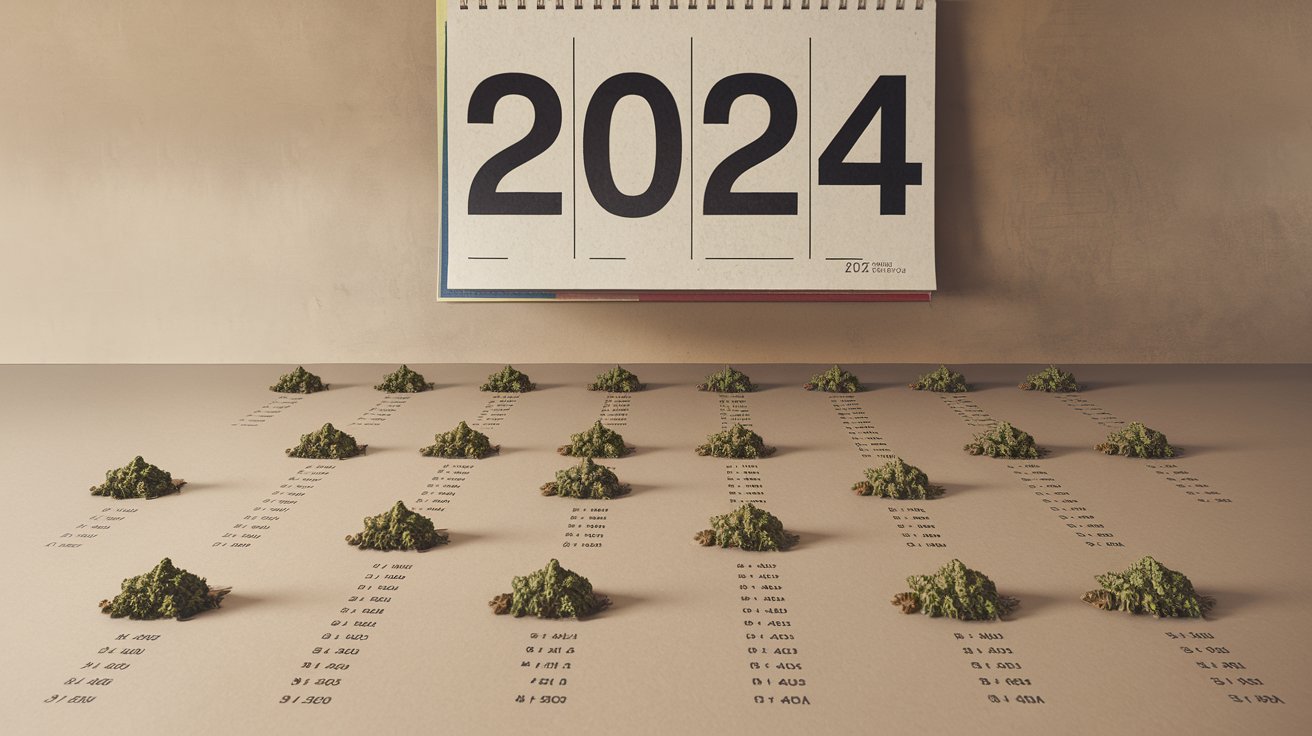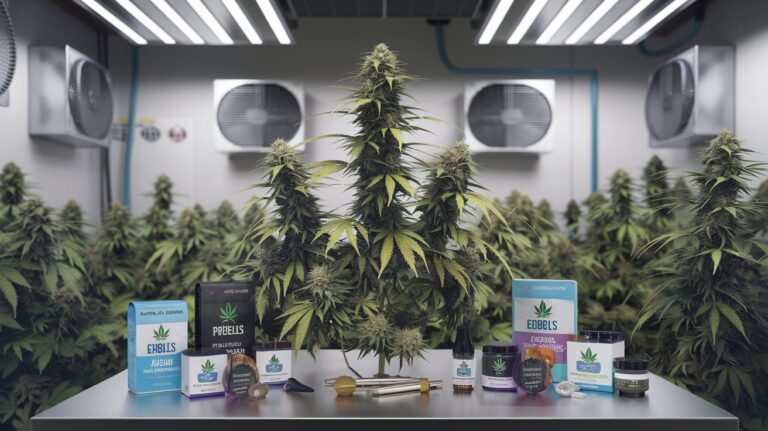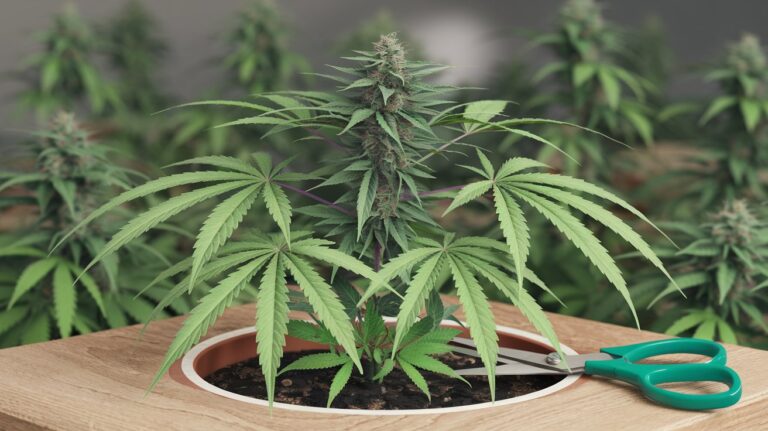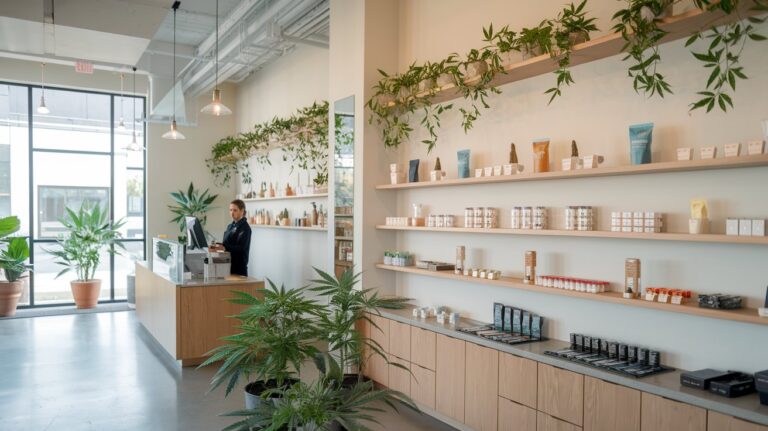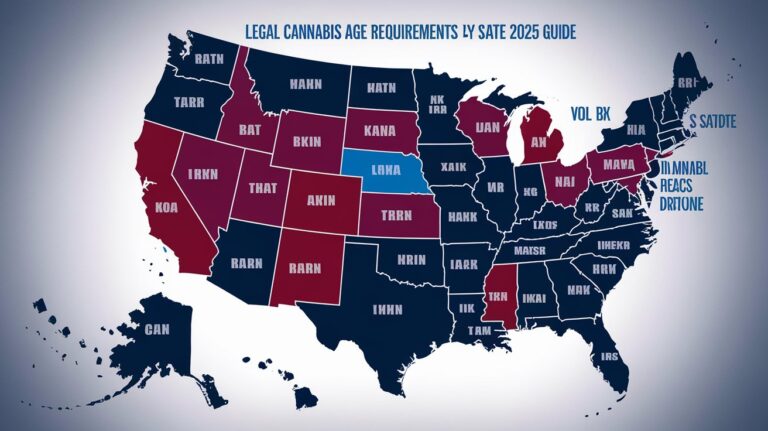Cannabis Possession Limits Explained: 2024 US State Laws
Understanding cannabis possession limits is crucial for legal compliance across the United States. Each state has specific regulations governing how much cannabis you can legally possess, purchase, and transport. This comprehensive guide explains current possession limits, purchase restrictions, and legal penalties to help you stay within the law while enjoying cannabis legally.
What Are Cannabis Possession Limits?
Cannabis possession limits refer to the maximum amount of marijuana products an individual can legally possess at any given time. These limits vary significantly by state and are typically measured in ounces for flower, milligrams for edibles, and grams for concentrates. The limits apply to your total possession, not just what you purchase in a single transaction.
Most states distinguish between recreational and medical possession limits, with medical patients often allowed to possess larger quantities. Possession limits serve as a regulatory mechanism to prevent diversion to illegal markets while ensuring patients and consumers have adequate access to cannabis products for their needs.
State-by-State Cannabis Possession Limits
Possession limits vary dramatically across legal cannabis states, creating a complex patchwork of regulations. Understanding your local laws is essential for compliance, as possession above legal limits can result in criminal charges even in legal states.
California Cannabis Possession Limits
California recreational users can possess up to 1 ounce (28.5 grams) of cannabis flower and up to 8 grams of concentrates. For edibles, the limit is products containing no more than 1 ounce of cannabis. Medical patients with valid recommendations can possess up to 8 ounces of flower, though local jurisdictions may impose stricter limits. The California recreational purchase limit matches possession limits for most products.
Massachusetts Cannabis Possession Laws
Massachusetts possession limits allow recreational users to possess up to 1 ounce of cannabis flower in public and up to 10 ounces at home. Concentrates are limited to 5 grams in public. Medical patients can possess a 60-day supply as determined by their healthcare provider, typically ranging from 2.5 to 10 ounces depending on their condition and treatment needs.
Other Major State Limits
Colorado and Washington allow 1 ounce of flower for recreational users, while Oregon permits 2 ounces in public and 8 ounces at home. New York allows 3 ounces for recreational possession, one of the higher limits nationally. Nevada, Arizona, and New Mexico follow the 1-ounce standard for flower, with varying concentrate and edible limits ranging from 5-8 grams for concentrates.
Dispensary Purchase Limits vs Possession Limits
Dispensary purchase limits often differ from possession limits and reset daily. Most states allow you to visit multiple dispensaries in one day, but your total possession cannot exceed legal limits. California dispensaries track purchases through the state’s seed-to-sale system, preventing customers from exceeding daily purchase limits across different retailers.
Daily purchase limits typically match possession limits, but some states like Massachusetts impose lower daily purchase limits than possession limits. This means you might legally possess more than you can purchase in a single day, requiring multiple visits or home cultivation to reach maximum possession amounts legally.
Cannabis Concentrate and Edible Limits
Cannabis concentrate limits are typically much lower than flower limits due to higher THC potency. Most states allow 3-8 grams of concentrates, with California permitting 8 grams and Colorado allowing 8 grams for recreational users. Medical patients often have higher concentrate limits, sometimes double or triple recreational amounts.
California edibles purchase limit regulations specify that edible products cannot contain more than 1 ounce worth of cannabis flower equivalent. Individual edible servings are limited to 10mg THC for recreational products and 100mg for medical products, with packages containing multiple servings allowed up to possession limits.
Medical vs Recreational Possession Differences
Medical cannabis patients generally enjoy higher possession limits than recreational users. Medical limits are often based on a patient’s specific needs as determined by their healthcare provider, ranging from 2.5 ounces to several pounds annually depending on the condition being treated and state regulations.
Medical patients also benefit from lower taxes, access to higher-potency products, and protection under additional legal frameworks. However, medical cannabis cards require renewal, physician recommendations, and compliance with specific medical cannabis regulations that recreational users don’t face.
Home Cultivation and Plant Limits
Many states allowing cannabis possession also permit home cultivation with specific plant limits. California allows up to 6 plants per adult (maximum 12 per household), while Colorado permits 6 plants with only 3 flowering at once. Plant limits often correlate with possession limits, as home-grown cannabis counts toward your total legal possession.
California Home Growing Rules
How many plants can you grow in California with a medical card depends on local regulations, but state law allows medical patients to cultivate what’s needed for personal use, often interpreted as 6-12 plants. Recreational users are limited to 6 plants per person, with local jurisdictions able to impose stricter rules or ban cultivation entirely.
Plant Limit Compliance Tips
Staying compliant with plant cultivation limits requires understanding that limits typically refer to live plants, including seedlings and clones. Harvested cannabis counts toward possession limits, not plant limits. Keep detailed records of your plants and harvests, as law enforcement may request documentation during inspections or investigations.
Legal Penalties for Exceeding Possession Limits
Maximum sentence for possession of cannabis above legal limits varies by state and amount possessed. Minor overages might result in civil fines, while significant amounts can lead to felony charges. California’s HS 11357(a) statute addresses possession violations, with penalties ranging from $100 fines to potential jail time for large amounts.
Even in legal states, possessing cannabis above legal limits can result in criminal charges. Federal law still classifies cannabis as illegal, though federal enforcement typically focuses on large-scale trafficking rather than personal possession violations. However, possession of drugs on school grounds California and other states carry enhanced penalties regardless of legal status.
Related video about cannabis possession limits explained
This video complements the article information with a practical visual demonstration.
Frequently Asked Questions
Is there a limit to how many times I can go to dispensary?
No, there’s typically no limit on dispensary visits per day. However, daily purchase limits reset every 24 hours, and your total possession cannot exceed legal limits. Most states track purchases through seed-to-sale systems to prevent customers from exceeding daily limits across multiple dispensaries.
What is the maximum sentence for possession of cannabis above legal limits?
Penalties vary by state and amount. Minor overages might result in $100-500 fines, while possessing significantly above legal limits can lead to misdemeanor or felony charges with potential jail time. California penalties under HS 11357(a) range from infractions to potential imprisonment depending on quantities involved.
What is the threshold for cannabis possession becoming a felony?
Felony thresholds vary significantly by state. In California, possessing over 1 ounce recreationally can result in misdemeanor charges, while much larger amounts may trigger felony prosecution. Medical patients with valid recommendations have higher thresholds before facing serious charges, often several ounces to pounds depending on their medical needs.
Can I transport cannabis between legal states?
No, transporting cannabis across state lines remains federally illegal even between legal states. Each state’s laws only apply within their borders. You must consume or dispose of cannabis before crossing state lines and purchase new products in your destination state if desired.
Do possession limits include cannabis I grow at home?
Yes, home-grown cannabis counts toward your total possession limits. You can legally possess the amount allowed by your state regardless of whether you purchased it from dispensaries or grew it yourself. However, you cannot exceed possession limits even with home-grown cannabis.
What happens if I’m caught with cannabis on school grounds?
Possession of cannabis on school grounds carries enhanced penalties in most states, even where cannabis is legal. California and other states impose additional fines and potential criminal charges for school ground violations, regardless of whether the amount would be legal elsewhere.
| Possession Category | Typical Legal Limits | Key Compliance Benefit |
|---|---|---|
| Cannabis Flower | 1-3 ounces recreational | Avoids criminal penalties |
| Concentrates | 3-8 grams typical limit | Legal high-potency access |
| Edibles | Equivalent to flower limits | Discreet consumption option |
| Medical Cannabis | 2.5-10 ounces monthly | Higher limits and legal protection |
